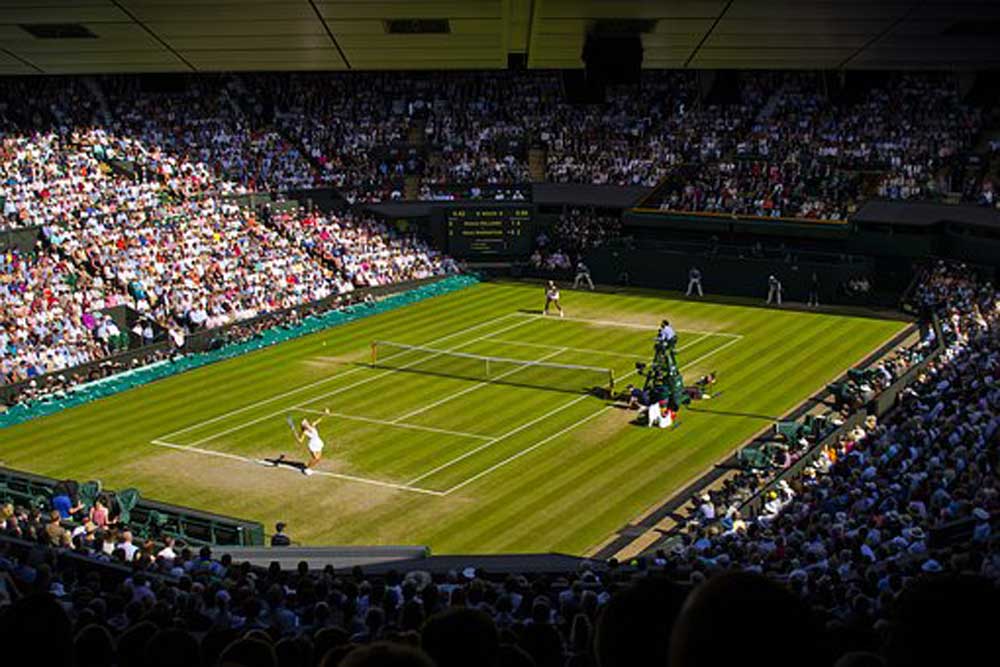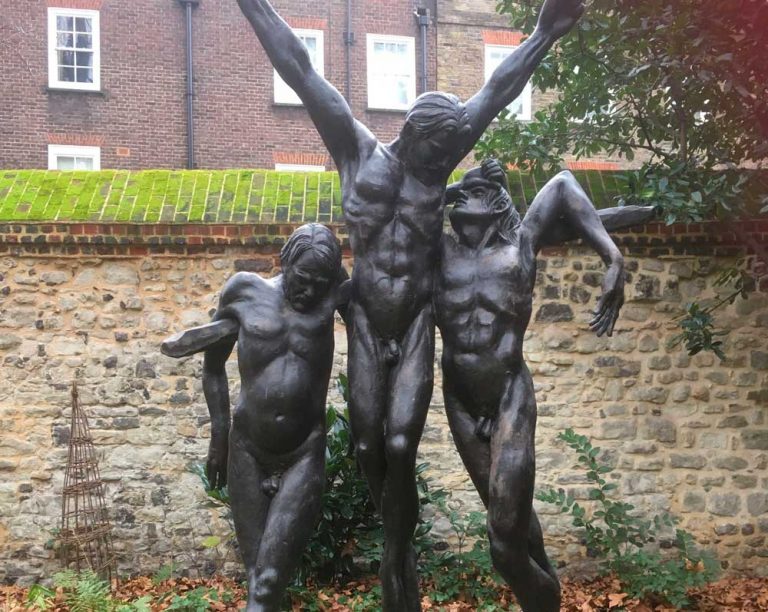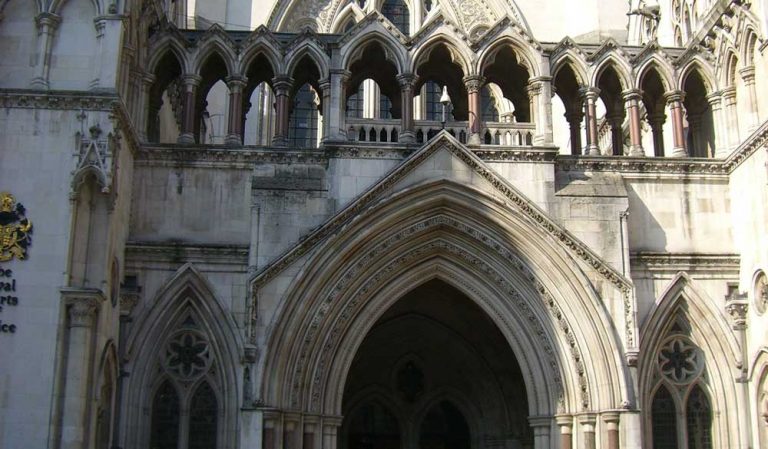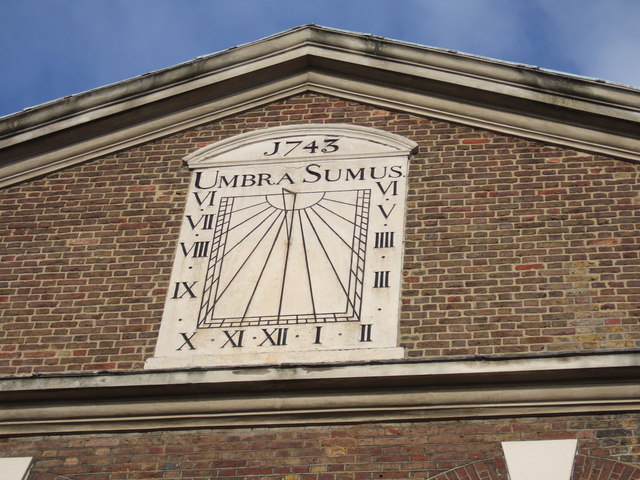As a smug, young ignoramus of a north Londoner, I fondly imagined we held all the sporting aces and the world ended on the northern bank of the River Thames.
I was wrong. The north may have such places as Lord’s cricket ground, Arsenal, Tottenham Hotspur, Wembley football stadiums and further west but still north of the river, Twickenham Rugby Ground.
But the south has a great sporting history with the likes of the Wimbledon Tennis Club taking centre stage every June for a fortnight. And one of north London’s most famous football clubs, Arsenal, was anyway imported from the other side of the Thames. It was originally founded in 1896 for the munitions workers of the Royal Arsenal at Woolwich – thus the reason for the team’s two names, Arsenal or The Gunners, and why players’ shirts bear the symbol of the artillery gun. Its owner moved it in1904 to north London to improve its fortunes.
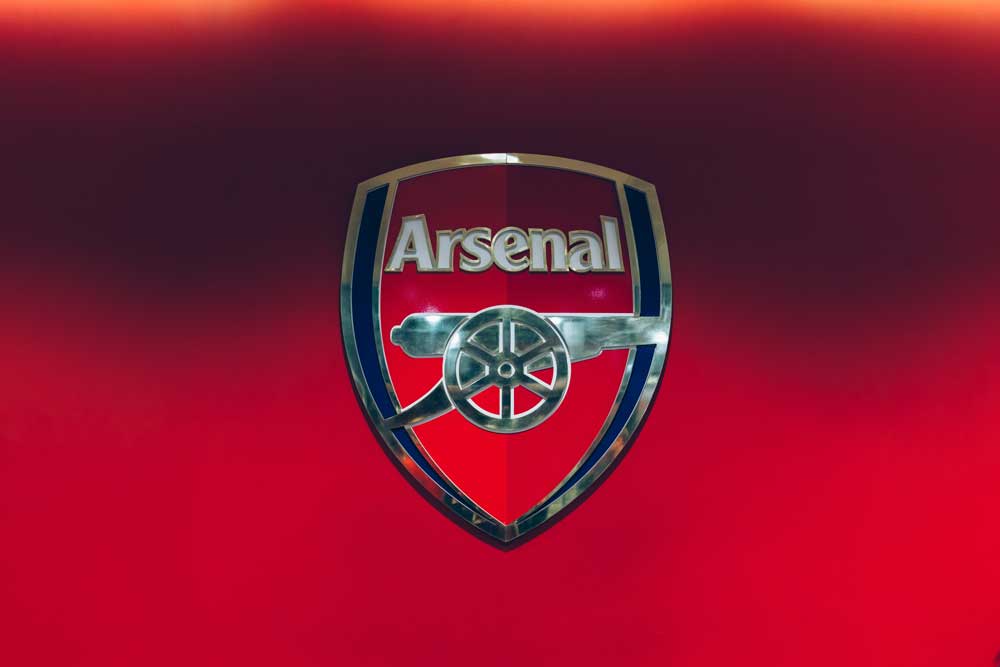
And as for the Kennington Oval, its home team, Surrey, is the oldest continuous cricket club in the country. The 151-year-old ground is the second cricket test venue to Lord’s. But this has not been the only sport played here. It has hosted a range of others including soccer, where it was the venue for nearly 20 years for the FA Cup Final.
But Surrey cricketers were jinxed when they played away matches at another south London venue, the Blackheath Cricket Club, once the top place for county games and a home ground to Kent. This neighbourhood has a couple of other superlatives. Its rugby club is the oldest in the world, and so is the nearby golf club.
But things change, either temporarily or permanently. Fast forward to 2012 and whizz off to another historic part of south London which will be for ever in the hearts of the world as the piece de resistance of all pop-up sporting venues – Greenwich.
Once home to kings and queens, steeped in naval as well as royal history,17th and 18th century amazing architecture and a World Heritage Site to boot, it hosted the equestrian events in the 2012 Olympics. But you’d never know it now!
Not only that, but who can forget how the heart of Government and Royalty, Horse Guards Parade, was transformed into the Beach Volley Ball arena?
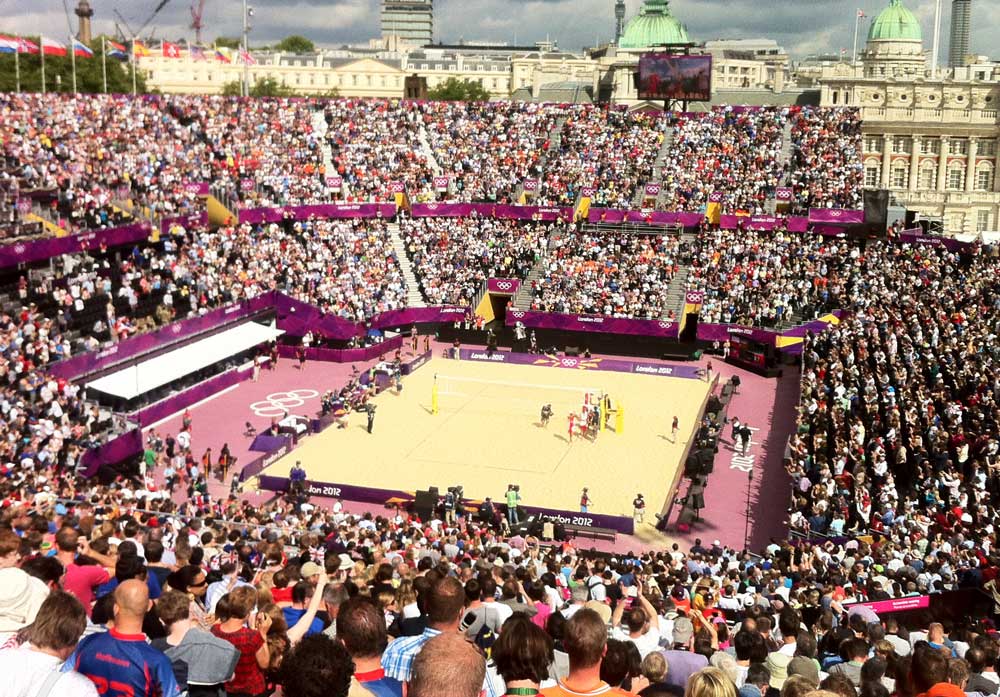
Those sites are joined in people’s minds with the area east of the city centre that has stayed as a permanent piece of sporting scenery. In record time this area was transformed from a largely industrial wasteland to become the epicenter of the Olympic Games. The Stadium – now the home of West Ham United and UK Athletics – the Aquatics Centre and cycling Velodrome altered the sporting landscape for ever and left a lasting legacy of a vibrant residential area of London.
Yes, I too basked in the 2012 Glory! But being loyal as well as open-minded, I have to hammer the North London drum a bit, especially for the pure pedigree of Lord’s Cricket Ground.
Founded by Thomas Lord, it began life in 1787 on a seven-acre site in what is now Dorset Square in Marylebone near leafy Regent’s Park. After the lease ran out, it moved to its present venue a little further north in St John’s Wood.
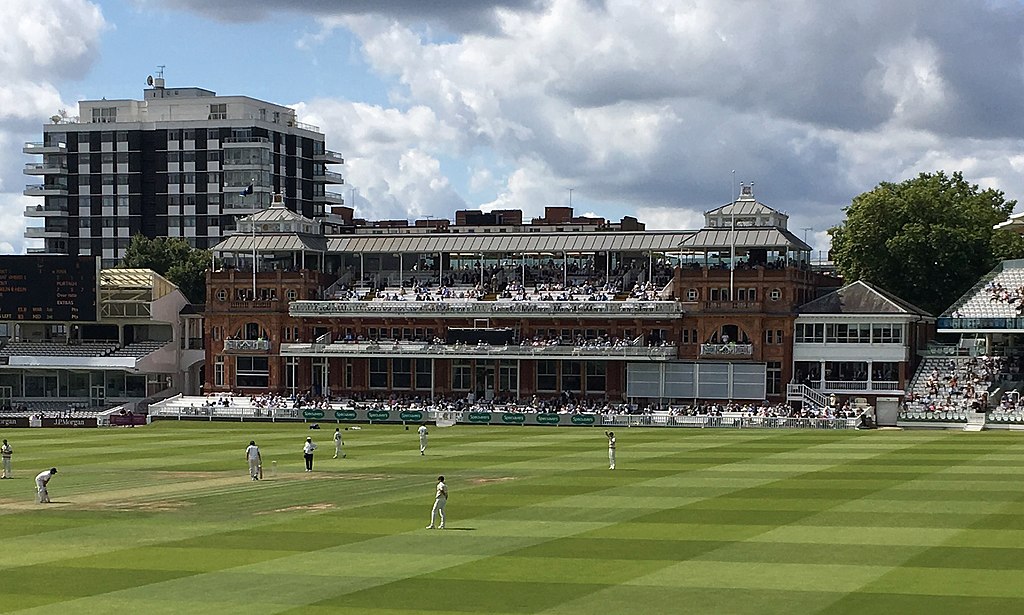
The early form of the game, Cricce, was once the pastime of the monks of Westminster Abbey who played it in the shadow of the church. Teams of country yokels battled it out on the original Dorset Square site, but then it gained popularity with the upper classes. During the Second World War, the authorities decided to allow play to continue to keep up the nation’s morale – and thereby hangs a funny tale.
By then, it was a great honour being elected a member of Lord’s ,also known as the Marylebone Cricket Club, or MCC for short, in commemoration of its original Dorset Square location. In 1942 a British prisoner-of-war in Italy was voted in as a member of this prestigious cricket club. Knowing it would boost his morale, his delighted relatives sent him a message via The Vatican.
Fearing his captors might attach a sinister meaning to the club initials, they simply cabled him that he had been elected to Lord’s. His Italian guards assumed that he’d been made a Peer of the Realm – and treated him accordingly!
Right, I’ve done my bit to bury the north-south hatchet. So sorry, you “saaf” Londoners, for all those long-ago held evil thoughts. Now can I cross over the bridge, please?

